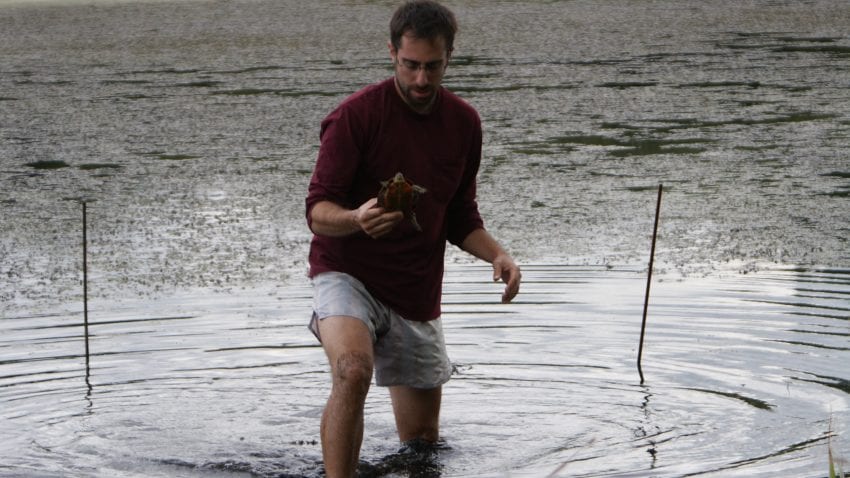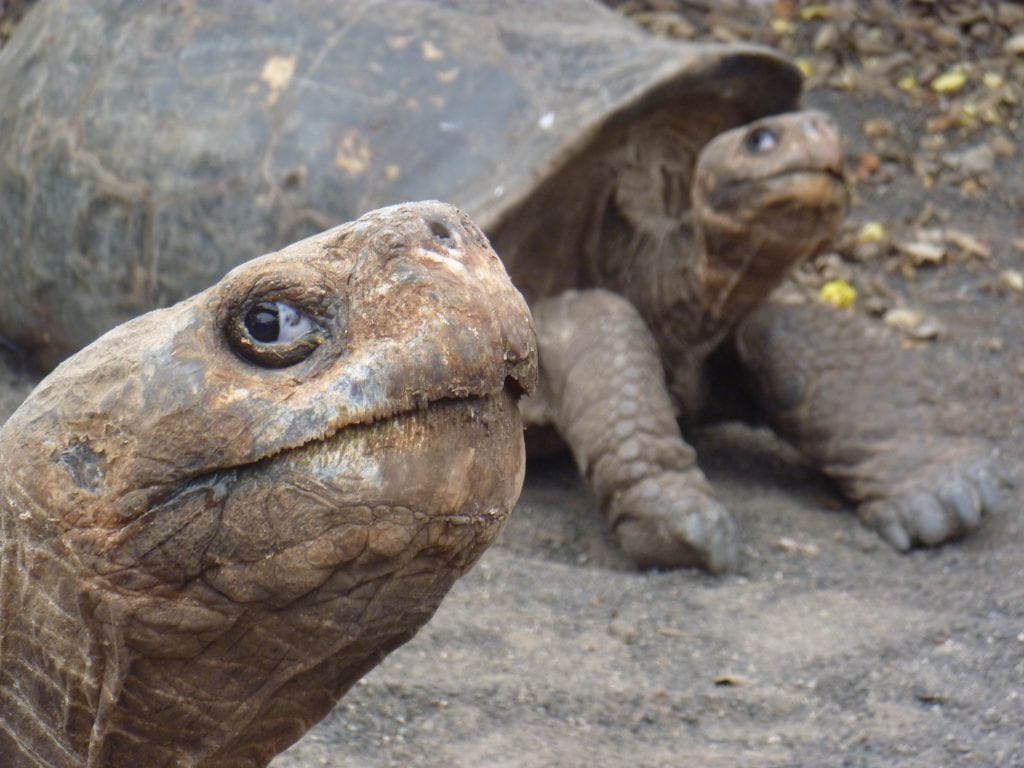By identifying regions of the genome that vary among members of the same species, we can track the movement and reproduction of individuals within and between populations. If, for instance, females return to nest at the same site they hatched from years earlier, we predict that genetically related females will be found nesting in the same area. If two species are hybridizing, we’ll expect to find gene copies characteristic of one species that show up in another species. Although we aren’t currently working with molecular markers, the findings from our earlier work helps to inform ours and other models. Check out Freedberg et al. (2005, 2011), Freedberg and Myers (2012), Mitchell et al. (2016), and Reinersten et al. (2016) for some of our work using molecular markers to study turtles.

I still love any excuse to catch turtles. If you’re a researcher who needs turtles collected in Minnesota, feel free to contact me.
